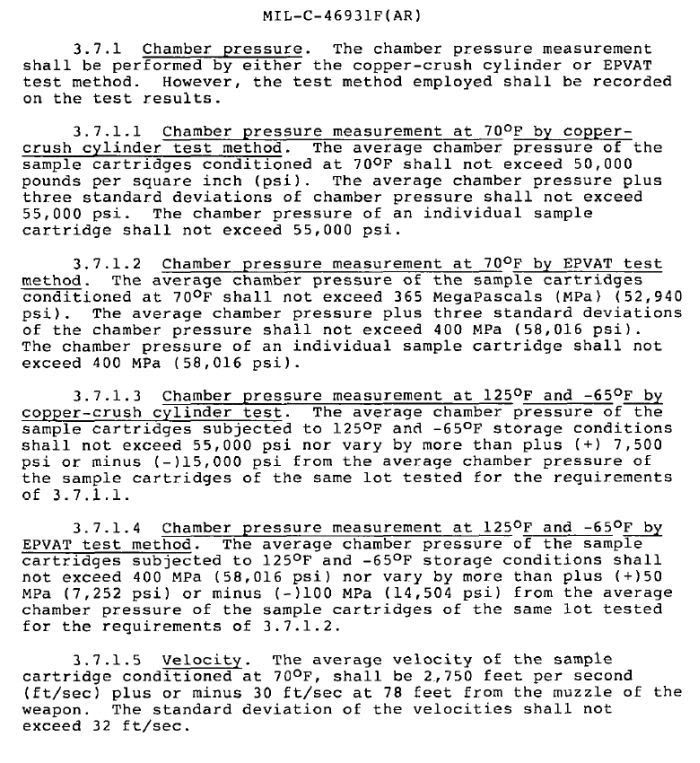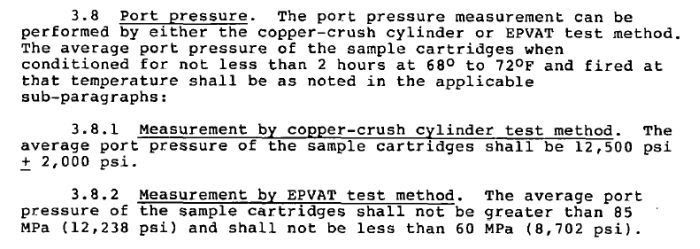I've been an RCBS guy all of my reloading life which began in the early 1980's; I believe it was somewhere around 1982 that I started making handloads for IHMSA competition and my life long shooting buddy and mentor J.D. said that if the equipment wasn't green and the brand name didn't start with an "R" I was wasting my time and money... J.D. has always been a reliable source of no B.S. accurate information and I would never doubt his recommendations but over the years I've added excellent products from other manufacturers to the loading bench and workshop in blue, red and orange colors too.
When the "cast your own" bug struck in the late 80’s I naturally purchased RCBS casting equipment and molds. Some of the first molds purchased were the 7mm and 30cal SIL series molds, 35 and 44 molds soon followed as well as 6mm, 270, and 45 caliber models.
I presently own so many molds I can't remember what and how many there are but apparently I've become a mold collector as I have 6 drawers full of them and until recently the 30 cal drawer only contained RCBS 130 SP, 150CM, 150-FN, 165-SIL, 180-FN and 180-SP molds. Since I found this place (cast boolits) last year I’ve collected Lyman 311041’s, Saeco 315’s, and numerous Custom 6 cavity Lee group buy molds.
Over the years I’ve relied on the RCBS 165-SIL and 180-SP molds for all of my very limited 30 Herrett, 308 and 30-06 work. The old 165 has a 0.301" nose and 0.310" body, the 180 had a 0.302" nose and 0.311" body. I liked the design of the 165 over the 180 because the 180 left a lube groove exposed and in some applications the bullet required seating deep in the case leaving lube exposed to powder. I’ve never been satisfied with my results using the 165-SIL and until this last year I thought it wasn’t possible to do much better than 3” 100 yard groups and there was always another project to work on.
BruceB’s work with the M1A lit a fire within me so I ordered a “Loaded” model and started work on cast loads for the M1A and a Savage 10FCM scout rifle; after going through all my cast 30 cal bullet inventory with a Stony Point OAL gage as a guide only the RCBS 308-165-SIL and 308-180-SP designs as well as the 165-SIL modified GB design seemed appropriate for my needs. The 165-SIL was suitable for use in the M1A and Scout and the 180 was fine for the Scout as well. I insist that M1A loads function reliably without feeding or extraction issues; the Modified 165 SIL GB boolits chamber too hard into the lands to be reliable and the 180’s wouldn’t seat in the case neck at a location suitable to apply a taper crimp to prevent bullet movement. This left me with one bullet for the M1A that has an undersize bore riding nose at 2.7” COL and 3” groups @ 50 yards.
Options:
Beagle the 165-SIL mold… boolit’s nose is now too large to chamber.
Apply molly mold release to GB mold cavities to reduce nose as cast diameter… undesirable.
Seat GB mold bullets deeper… expose lube to powder.
Find another bullet/mold that drops bullets that fit better… the RCBS 308-200-SIL, a similar design to the 308-165-SIL.
Midwayusa had the 165-SIL available with a price reduction when I ordered the 30-200-SIL so I ordered another one. I was surprised to find the new 165 mold produced slightly heavier bullets with a 0.302" nose and 0.311" body and a slightly larger meplate. The new mold’s bullets are a perfect fit in both rifles with the nose seating uniformly into throats of both rifles at 2.7” COL in 308 brass.
The 308-200-SIL nose tapers from 0.299" to 0.308" at the first drive band with a 0.310” body. COL in 308 brass is 2.850 (max reliable feed length in my M1A). The bullet seating length range engraves the rifling perfectly in both rifles with no extraction/feed issues.
Both of the new molds cast beautiful boolits without any release issues.
Alloy 50/50 WW/Linotype WQ:
Naked weights.
Old 165 167 grains
New 165 169 grains
200-SIL 201 grains
I’m looking forward to the next range session.
Boomer

|
   
   
|


|






 Reply With Quote
Reply With Quote












